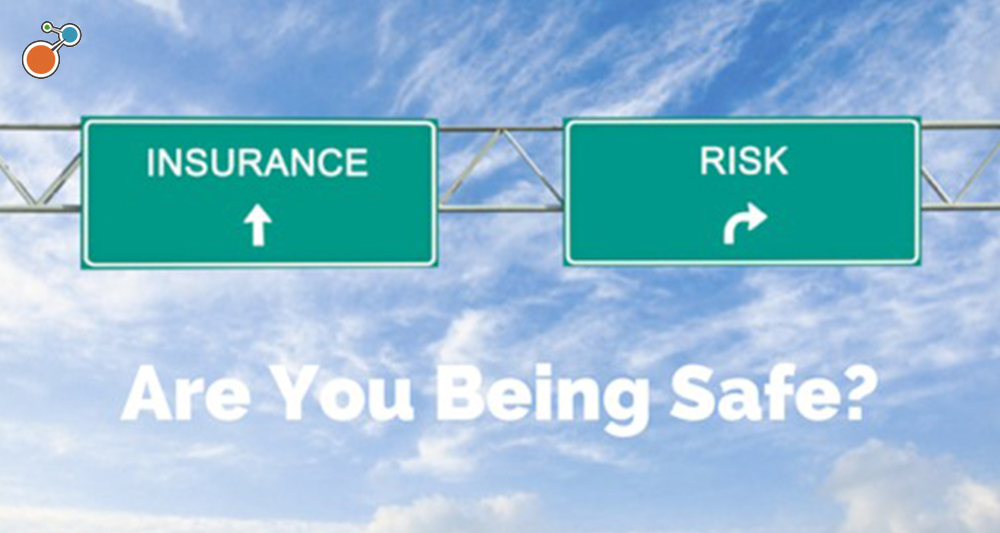Risk management is the star of the show at many organizations. Safety management, meanwhile, is often treated more like the poor stepchild, begging for attention and resources. While this doesn’t necessarily mean that safety isn’t a priority, organizations that don’t integrate risk and safety into one happy family are missing out on some substantial human capital, financial, and productivity benefits.
Reality Check
Organizations may claim that risk management and safety are on equal footing – but in practice, this is rarely true. In fact, just 59% of safety management functions report directly or on a dotted line to the risk management department, according to the recent study, Marsh Excellence in Risk Management XII. About a third of safety functions do not report to risk management at all, and 7% do not but believe they should.
This separation sets up risk and safety teams on competing paths for resources. And all too often safety loses out. Safety may not even receive the resources necessary to meet basic regulatory compliance requirements.
To make matters worse, companies that transfer their risk often do little in the way of controlling risk and safety because they feel they are already covered. Unfortunately, that view leads to more frequent claims, more severe claims, higher premiums, and potentially less coverage down the road.
Without a proactive and integrated approach to managing total cost of risk, you can do immeasurable damage to your business, which can be difficult – if not impossible – to overcome. Although tight integration is still rather rare, giving safety an equal seat at the risk management table can produce some notable results.
An Integrated Approach
A department’s ability to demonstrate its value and produce results is more critical than ever. Safety can actually deliver significant value to risk management – and beyond – through hard-dollar cost savings, as well as in less quantifiable areas such as reputation and employee morale. To be truly effective, safety needs to be a part of every job and business decision across the organization.
Eliminating the gaps between functional groups takes a process and platform that proactively:
- Identifies current and future risk and safety exposures.
- Communicates the exposures to the appropriate stakeholders.
- Enforces and executes compliance and best-practice procedures to mitigate exposures.
- Evaluates the timeliness and effectiveness of enforcement procedures.
- Educates the organization on how to prevent those exposures from reoccurring.
A risk management-safety partnership can benefit the entire organization:
Positive ROI, reduced TCOR. Identifying and correcting a hazard before an accident occurs can reduce the costs associated with that hazard by as much as 50 percent or more – which is the best cost-to-benefit ratio for safety program activities. The key to proactively making corrections is having a system that will reliably identify and track potential hazards. When that happens, you should begin to see a decrease in your total cost of risk.
Reduction in claims costs and risk. Organizations that make safety data management a priority usually have processes in place to identify leading-indicator exposures before injury and illnesses can occur. If you can take that data and compare it to historical claims data at the property or employee level, you can enhance the accuracy of predictive models to mitigate future occurrences, which will help to continuously drive productivity and profits.
Increased visibility and transparency. If there is no standardized safety process or platform, it can be very difficult to maintain company and regulatory compliance. Incorporating safety and risk management, on the other hand, can help you become much more efficient and cost effective on an enterprise level.
Streamlined tracking of values and processes. Despite all of the regulatory compliance standards in place for injury and illness prevention, many organizations still do not have a standardized strategy to manage the business process around day-to-day safety activities and operational exposures. By placing safety at the forefront, you can have more positive results with tracking values and underwriting processes. It’s important to invest as much time and money in the safety component as in any other piece of your overall risk management strategy.
Reduced employment liability. Simple regulatory compliance is not always enough to ensure the safety of employees and customers or the quality of products and services in the marketplace. With employment liability claims and litigation costs always on the rise, you need to go the extra mile to ensure you are compliant with all internal and external regulations and requirements.
Enhanced brand power. Organizations that simply pay lip service to safety for the sake of good public relations, open themselves up to big problems if a preventable catastrophic event occurs. Simply put, people are wary of conducting business with a company that cannot protect workers and provide safe products and services. A safer environment helps protect your brand.
How to Implement the Partnership
As risk control budgets and resources continue to shrink, technology can fill the gap by getting more done with fewer resources. Safety and risk control software tools can add value to your risk data strategy by cost effectively automating and standardizing processes. These customizable tools help track, manage, and rollup exposure data reporting from claims, audits, self-inspections, recommendations, safety meetings, accident investigations, incident intake reports, litigation, employee training, incident/injury recordkeeping, and more.
A new solution may be worth considering if you are currently using an older legacy system – or are relying on lower headcount – to save money. Current technology platforms that integrate your people and processes can drive value, quality, and a standard of excellence to every employee. While it does require an investment, the right technology can help you gain strategic risk efficiencies that will actually reduce costs over time.




